
5 Good Cars That Flopped In India

5 Good Cars That Flopped In India
In the ever-competitive Indian automotive market, some cars despite their impressive pedigrees and features, fail to capture the public’s imagination. This analysis delves into five such cars: the Maruti Kizashi Toyota Yaris, Skoda Octavia Combi Skoda Yeti, and Tata Hexa, exploring the reasons behind their lackluster performance in India.
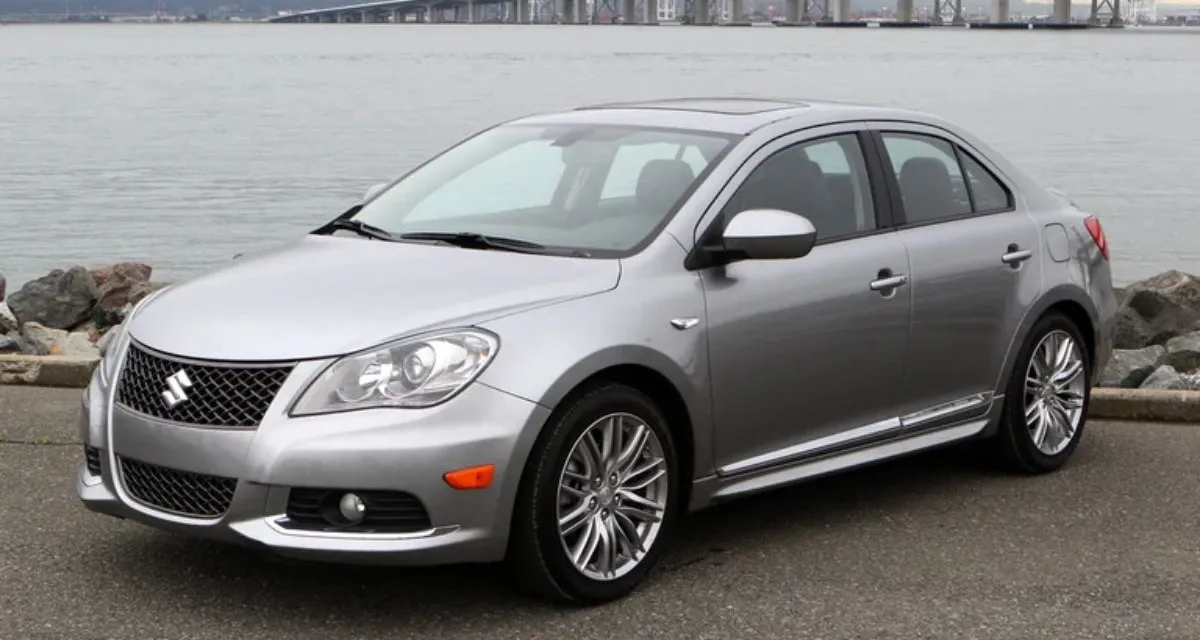
Maruti Suzuki enjoys unparalleled brand loyalty in India. However, consumers predominantly view Maruti as an economical, reliable brand. The Kizashi positioned as a luxury sedan, conflicted with this perception. Its high price tag compared to the competition also deterred potential buyers. While it boasted excellent build quality and spirited performance it never gained traction. The car failed to align with Maruti’s budget-friendly image.
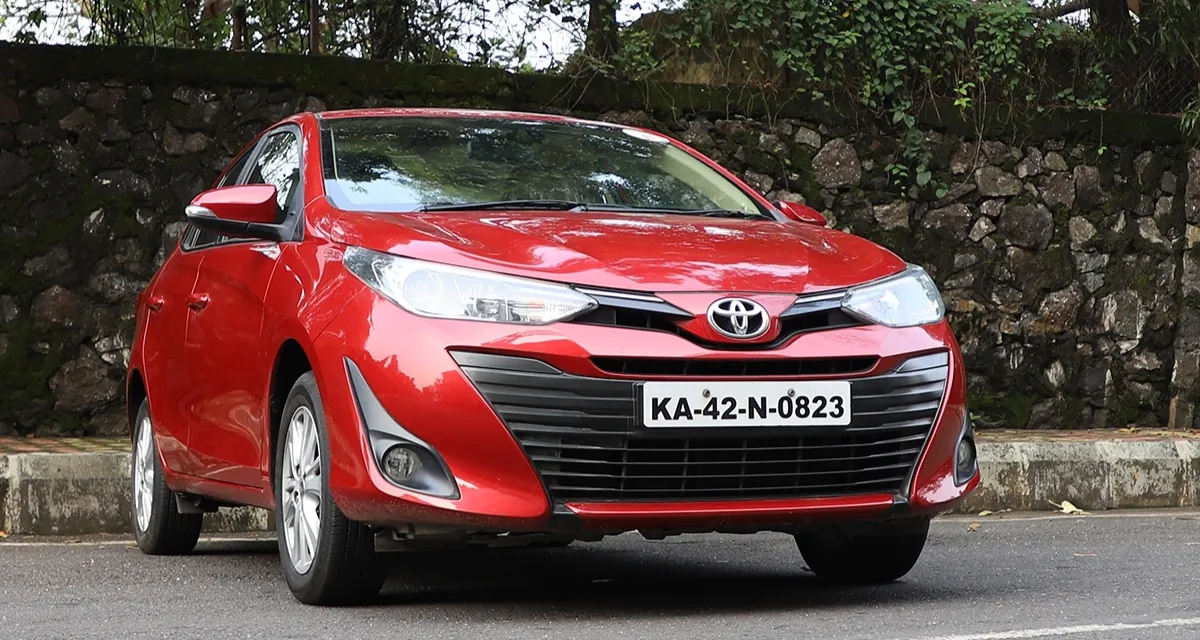
The Toyota Yaris was launched amid much anticipation. It promised a high degree of reliability and featured a spacious, well-designed interior. Yet it couldn’t compete effectively against established rivals like the Honda City and Hyundai Verna. Its underpowered engine and somewhat understated design failed to entice buyers. Coupled with a slightly higher price point the Yaris found itself overshadowed. Despite Toyota’s marketing efforts, it never gained significant market share.
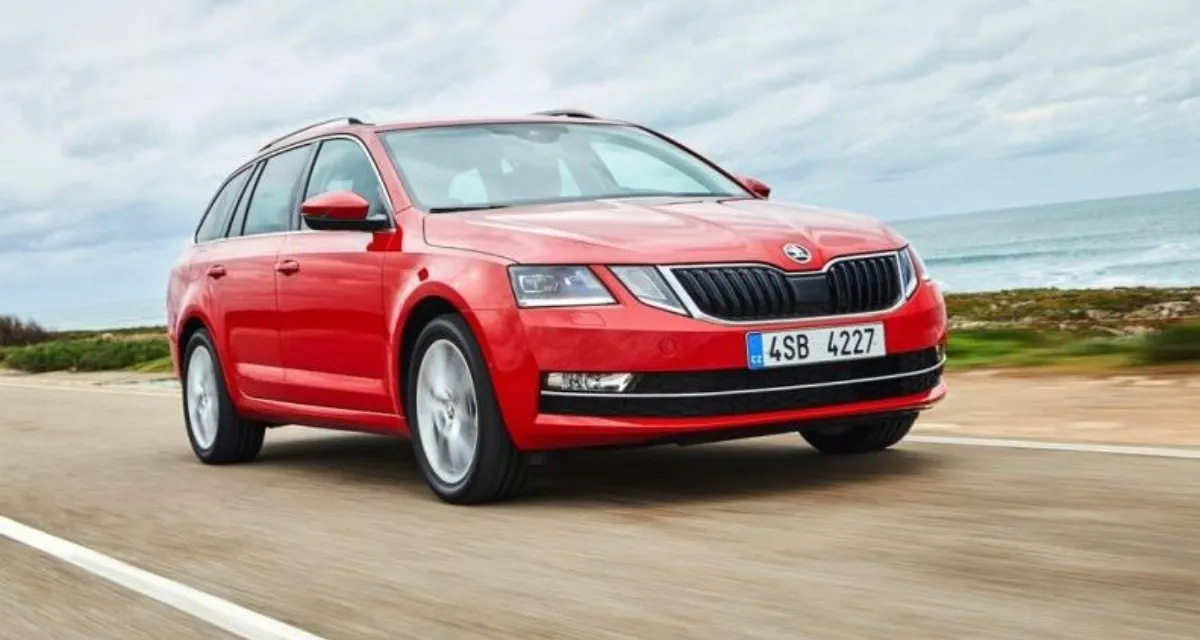
Skoda’s Octavia Combi was an intriguing addition to the Indian market. A station wagon blending practicality with performance it appealed to a niche audience. However, Indian consumers were not ready for a station wagon’s practicality over an SUV’s perceived status and ruggedness. While it excelled in boot space and road manners these attributes couldn’t justify its premium pricing. Thus the Octavia Combi remained a rare sight on Indian roads.
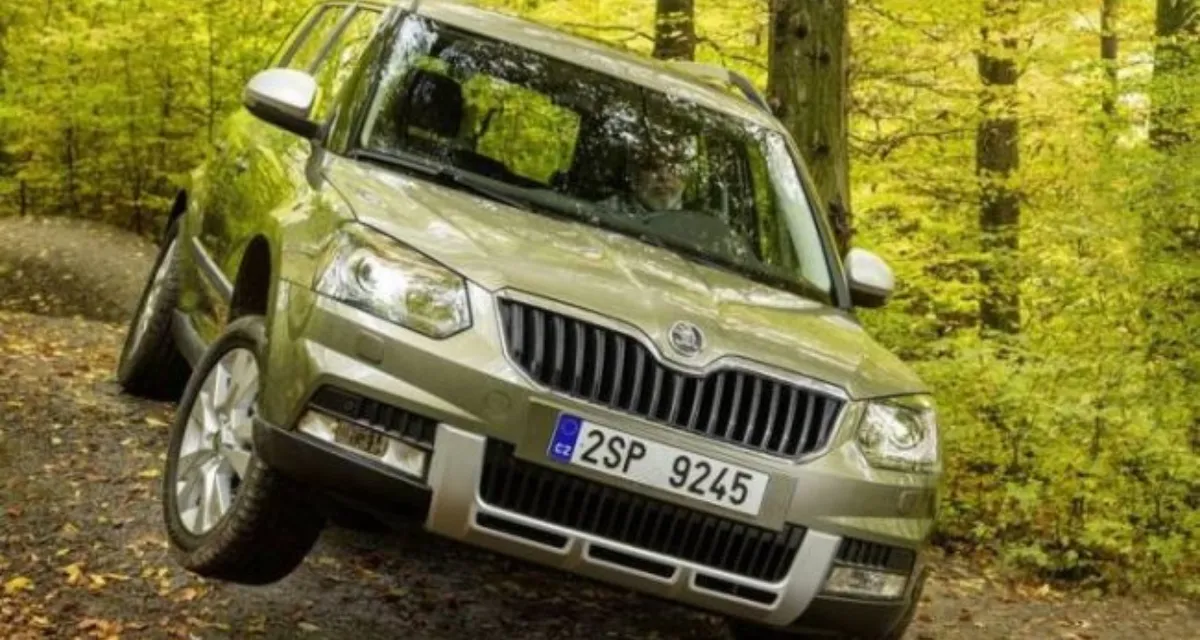
Another endeavor by Skoda, the Yeti aimed at providing a compact SUV experience. It featured strong build quality, versatile seating arrangement, and a commendable all-wheel-drive system. Despite these strengths, it struggled with Indian market expectations. Consumers who sought compact SUVs often preferred more aggressively styled models. And the Yeti’s unique design didn’t resonate with them. Additionally, its relatively high price deterred budget-conscious customers.
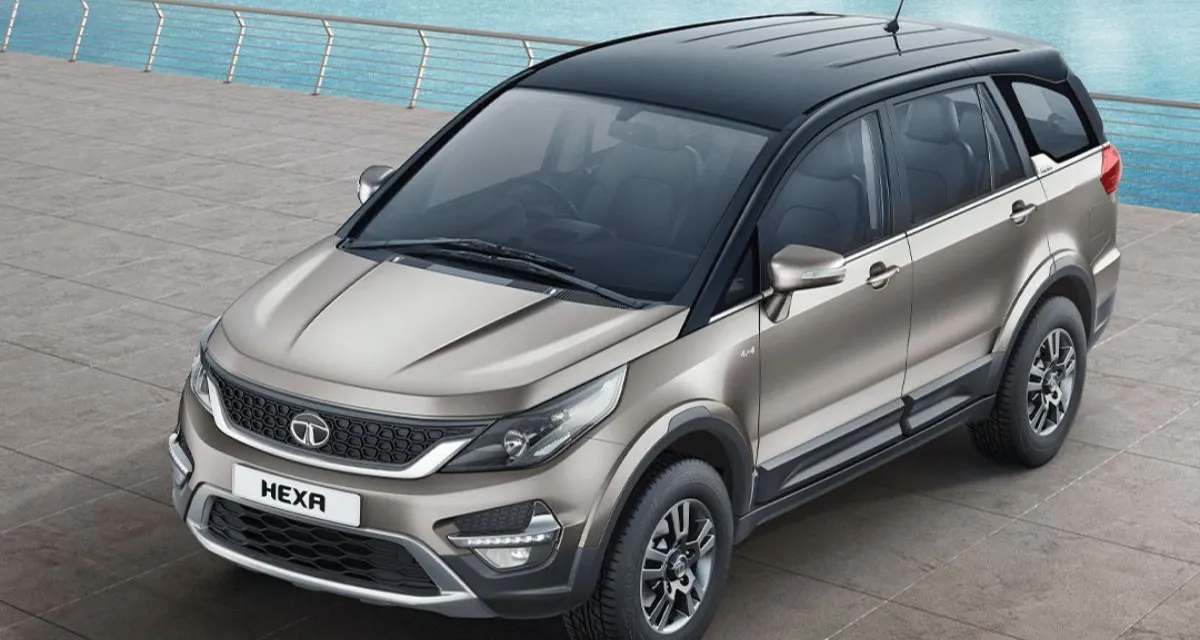
The Tata Hexa entered the scene with promise. It combines rugged performance with plush interiors and advanced features. Nonetheless, it faced stiff competition from the likes of the Mahindra XUV500 and the Toyota Innova Crysta. Despite an appealing design and robust build quality, it lacked the brand trust accorded to its competitors. Consequently, it didn’t achieve the sales targets hoped for. Its eventual discontinuation highlighted a missed opportunity for Tata Motors to regain lost ground.
In conclusion, the failure of these cars can be attributed to a complex interplay of market perceptions brand expectations, and competitive factors. For car manufacturers, achieving success in the Indian market requires more than just bringing high-quality vehicles. They must also align their offerings with consumer expectations and market dynamics. Understanding these nuances is crucial for any automaker aiming to avoid a similar fate in future ventures in India.
Also Read: